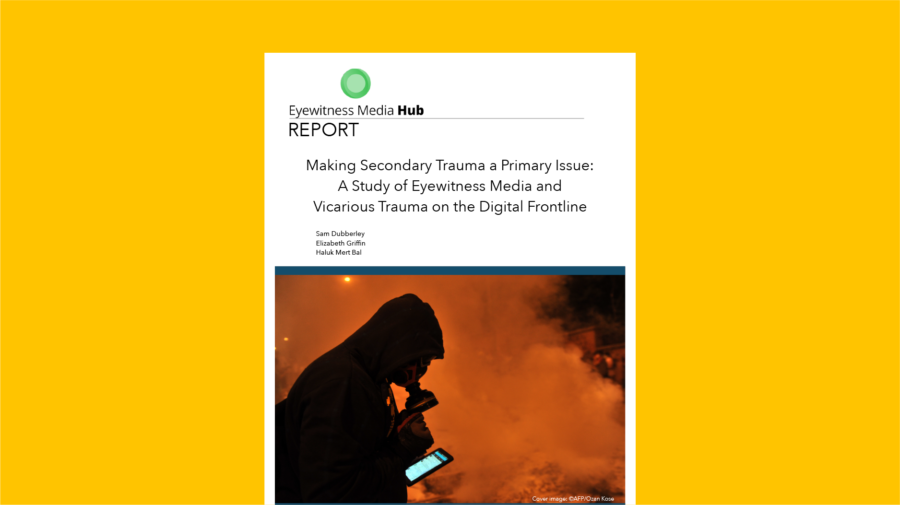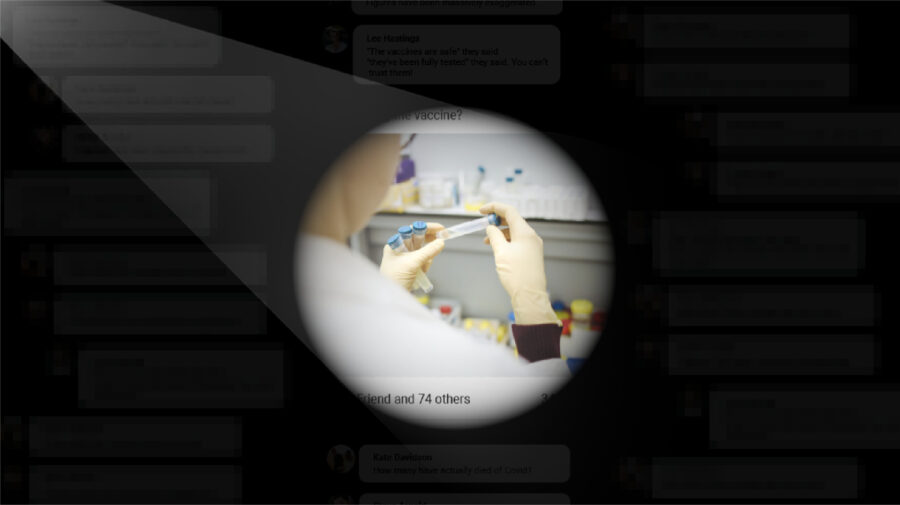By Sam Dubberley, Elizabeth Griffin and Haluk Mert Bal
The rapid and incredible growth of eyewitness media (also known as user-generated content or UGC)1 has led to the emergence of a new cadre of journalists, humanitarian and human rights professionals whose job it is to seek out, verify and edit the most disturbing and traumatic raw images captured by non professionals and posted online. These professionals are tasked with viewing and sifting through massive volumes of eyewitness media – that is, raw, unedited, authentic footage now captured regularly on smartphones – to enhance their investigations, reporting, operations, prosecutions and advocacy.
Professionals who work with eyewitness media watch disturbing footage from war zones, natural and manmade disasters and accidents over and over again to verify its veracity and to edit out images that are deemed too extreme for viewing by the general public. Viewing traumatic images of death, destruction, blood and unimaginable horrors all day every day – often for years on end – is now an integral part of the daily work of many desk-bound staff working for news, human rights and humanitarian organisations who are often located thousands of miles away from where the actual horrors occur.
Whether it is a broadcaster, publisher, human rights or humanitarian professional, symptoms associated with post-traumatic stress disorder (PTSD) – which were previously only observed in professionals deployed in the field – are now evident amongst staff working in offices on what we call the digital frontline.
This study builds upon previous research that proved that viewing distressing eyewitness media can lead to vicarious trauma and PTSD.
Download the research here.






